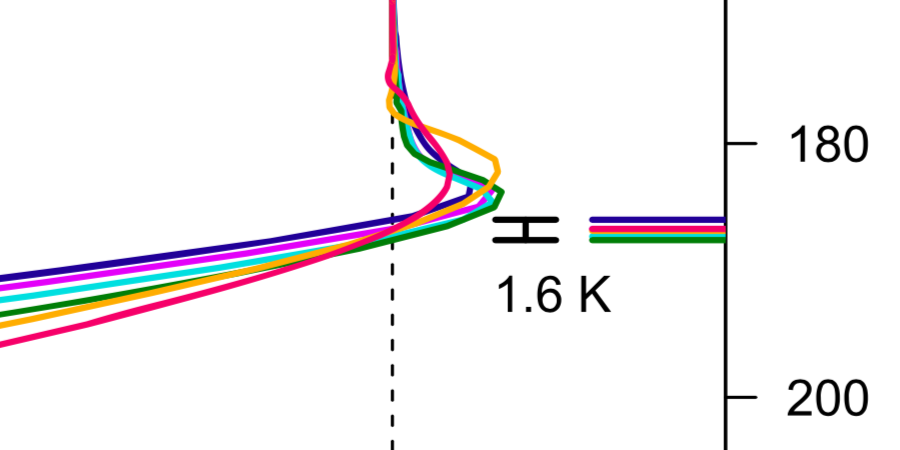Seeley, Jeevanjee, and Romps, FAT or FiTT: Are anvil clouds or the tropopause temperature-invariant, GRL, 2019
Paper
Description
For a 50-K range in SST (260 K to 310 K), cloud resolving simulations of RCE produce a change in tropopause temperature that is less than 2 K.

As Earth warms, the distribution of clouds changes. Some of those changes generate a positive feedback (i.e., producing a warming effect), while others generate a negative feedback (i.e., producing a cooling effect). Anvil clouds, which are the high clouds generated by deep convection, would tend to produce a positive feedback
A widely accepted hypothesis is that anvil clouds do, indeed, remain fixed in temperature as the planet warms, at least to good approximation. This has become known as the Fixed Anvil Temperature (FAT) hypothesis. Furthermore, it has been argued that the FAT hypothesis stems from basic physics. To test this claim, we constructed a cloud-resolving simulation that has only the minimal ingredients upon which the FAT hypothesis rests. In those simulations, we find that FAT is violated: while the changes in the anvil temperatures are damped relative to changes in the sea-surface temperature (SST), they are far from invariant. In fact, the changes in the anvil temperatures are about 40% as large as the changes in the SST. A closer look at the previous literature on FAT shows that this is not an anomalous result: previous studies of FAT have all found changes in anvil temperatures that are 20-50% of the changes in the SST. While anvil temperatures are not invariant, we find that the tropopause temperature is invariant: the change in tropopause temperature is less than 4% of the change in SST. We refer to this phenomenon as FiTT for Fixed Tropopause Temperature.